Musculoskeletal disorders (MSDs) are conditions that affect the musculoskeletal system, mainly muscles, tendons, ligaments, nerves, joints and other structures. They manifest as work-related difficulties and pain.
Since 2023, cases of MSD have increased by 60% compared with previous years. In 2015, these disorders accounted for over 87% of occupational illnesses resulting in time off work or financial compensation for after-effects. In Europe, average annual growth over the past decade has been 13%.
MSDs are multifactorial in origin, i.e. they arise from different risk factors, namely:
MSDs are often the result of a complex combination of biomechanical, psychosocial, individual, organizational and environmental factors, and are work-related.
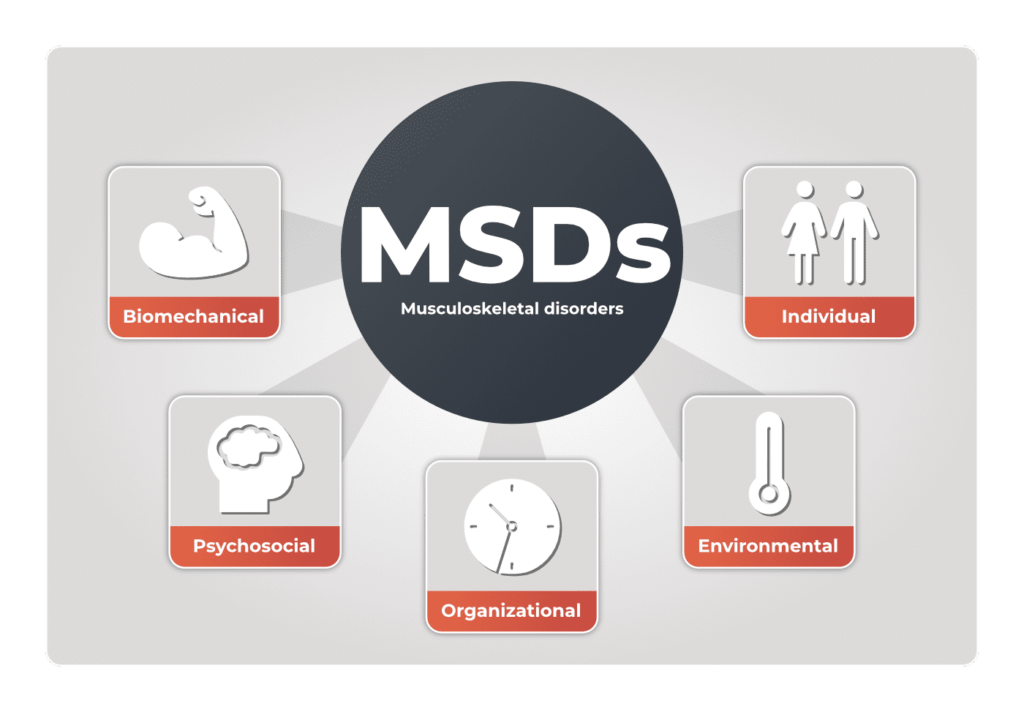
MSDs mainly affect the upper limbs (shoulders, elbows and wrists), neck, back and lower limbs (knees).
Source : Ameli.fr
Table 57 (France) lists the occupational diseases caused by certain work gestures and postures, particularly periarticular affections. These are joint-related ailments caused by repeated or long-term gestures and postures.
Carpal tunnel syndrome refers to disorders caused by compression of the median nerve at the wrist. Symptoms include altered sensitivity, reduced strength and pain in the first three fingers and half of the fourth finger on the thumb side.
Carpal tunnel syndrome is very common, particularly in women between the ages of 30 and 50. It can affect one or both hands.
Le syndrome du canal carpien est très fréquent, notamment chez les femmes entre 30 et 50 ans. Il peut toucher une main ou les deux.
Guyon’s canal syndrome is caused by compression and inflammation of the ulnar nerve as it passes through Guyon’s canal in the wrist. It is characterized by pain in the last two fingers (ring and little fingers), which can extend up to the wrist, elbow and forearm.
Rotator cuff syndrome is a shoulder condition involving damage or irritation to the tendons and muscles that stabilize and facilitate movement of this joint. The rotator cuff is made up of four main muscles (supraspinatus, infraspinatus, lesser tuberosity and subscapularis) and their tendons, which surround the head of the humerus and enable a wide variety of shoulder movements.
or
Epicondylitis is an inflammation of the elbow tendons that causes pain on the outside of the elbow, due to damage to the tendons of the forearm muscles that attach to the epicondyle..
Epitrochleitis is an inflammation of the tendons located on the medial or inner edge of the elbow, inserting at the epitrochlea (medial or inner outgrowth of the humerus). Epitrochleitis is the equivalent of epicondylitis, but on the other side of the elbow, on the little finger side.
Low back pain, commonly known as “lumbago” or “backache”, is pain, often intense, in the lumbar vertebrae at the base of the back. In the case of low back pain, you may also experience a feeling of blockage or difficulty in making some movements.
Hygroma of the knee is an inflammation of the bursa located in front of the kneecap. This inflammation leads to an increase in the volume of the bursa, with the appearance of fluid.
Source : Table57
Musculoskeletal disorders present symptoms that evolve according to their location and nature. Their initial manifestation is often discreet, then progresses through several distinct phases.
The first signs are pain and functional discomfort during activity, which subsides at rest without affecting work capacity.
Pain occurs earlier and earlier in the day, persists at rest and reduces work capacity.
Symptoms become more specific, including signs of inflammation, impaired mobility or strength, and even muscle wasting. They lead to an inability to perform routine work.
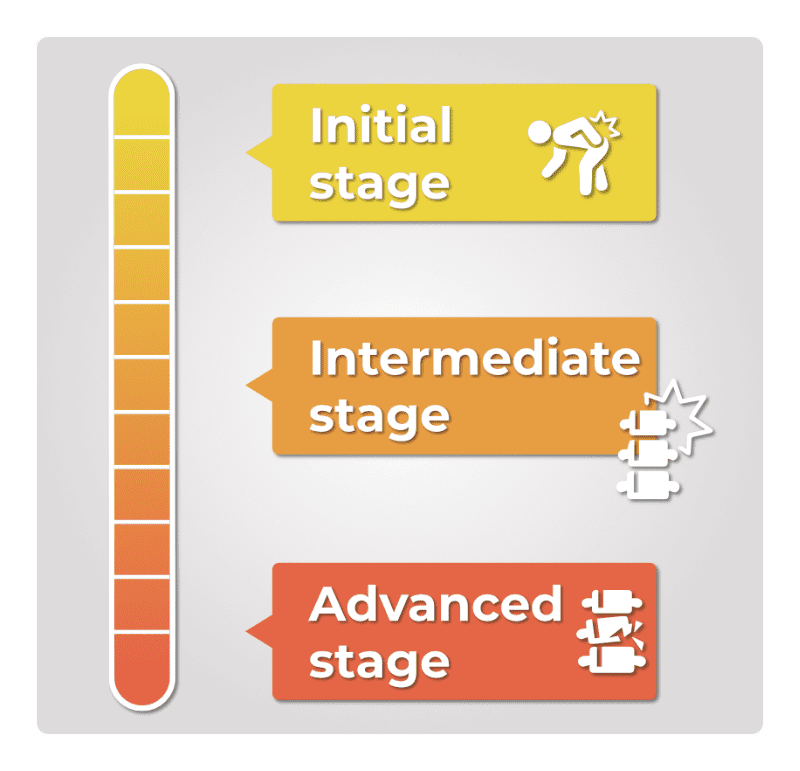
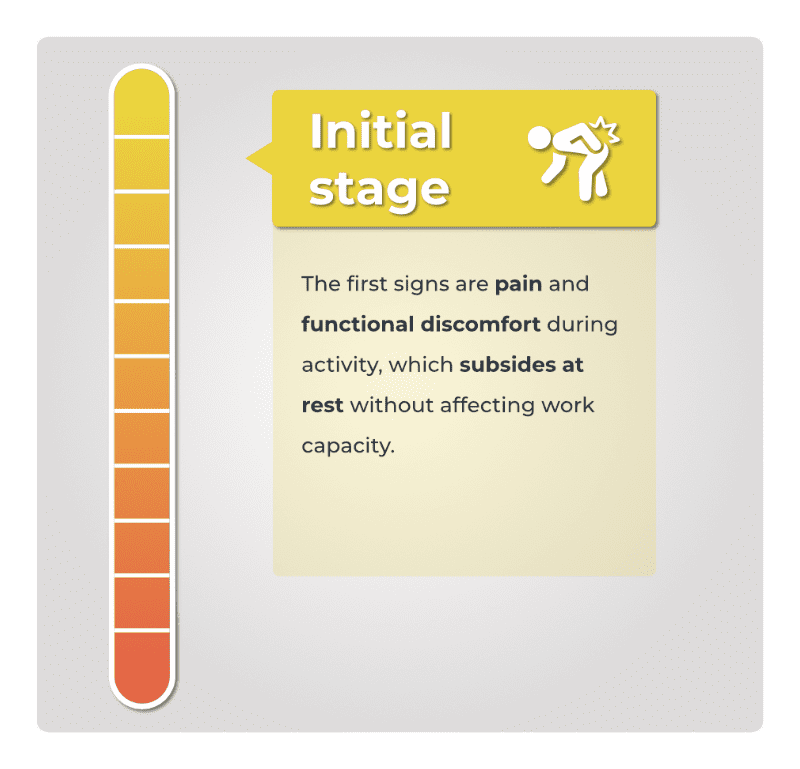
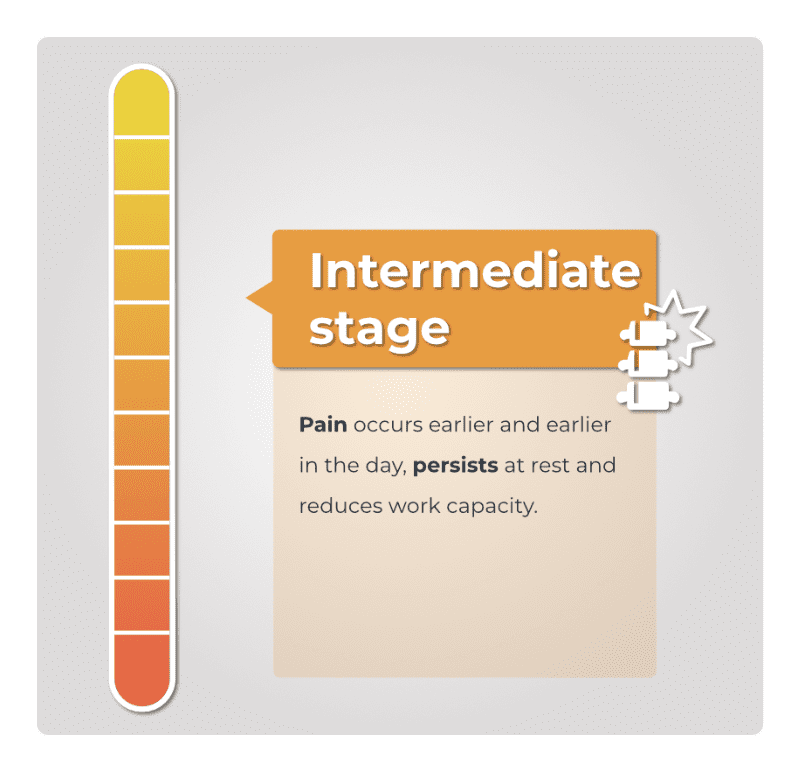
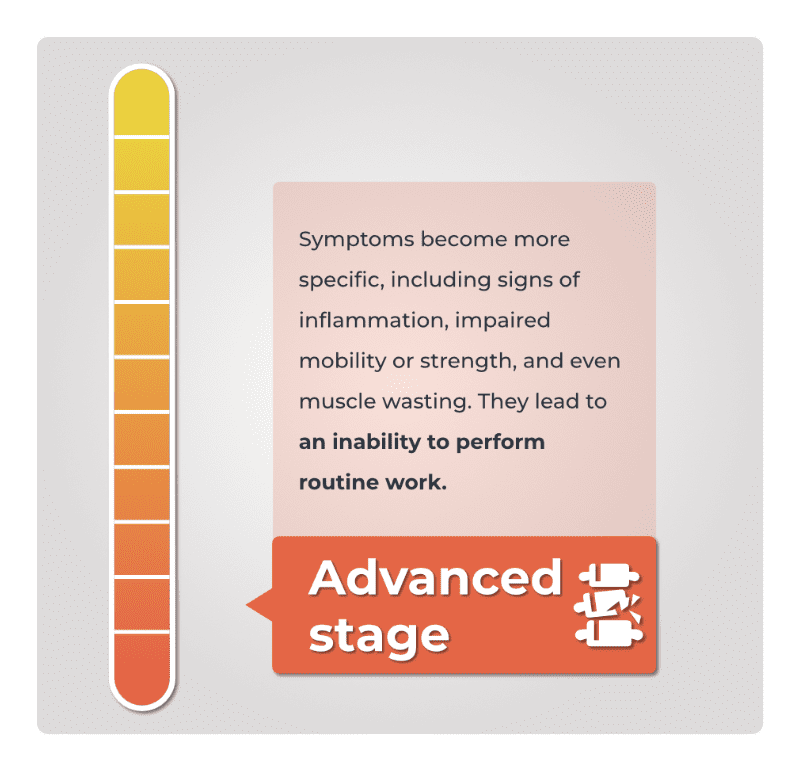
Musculoskeletal disorders (MSDs) are a major cost for companies. There are 3 different types of cost:
Direct costs that include health insurance contributions, compensation paid to employees absent due to illness, sums spent on adapting workstations and time spent managing and administering the files of affected employees. In 2017, the direct cost to companies amounted to nearly 2 billion euros.
Indirect costs represent between 2 and 7 times the direct costs, according to Anact, and include replacement and administrative management costs, as well as costs linked to organizational malfunctions and the company’s brand image.
Strategic costs are linked to the limitations posed by MSDs. These costs cannot be calculated in the same way as the previous ones, since they concern personnel (risk of conflict, QWL, etc.), production (more time required to carry out the same task), orders (due to an increase in product prices) or ethics (poor corporate image).
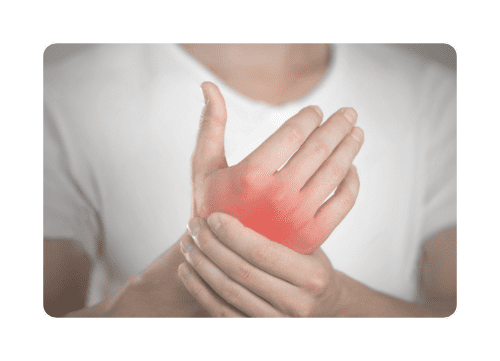
Average cost: €12,780
Length of time off work: 151 days
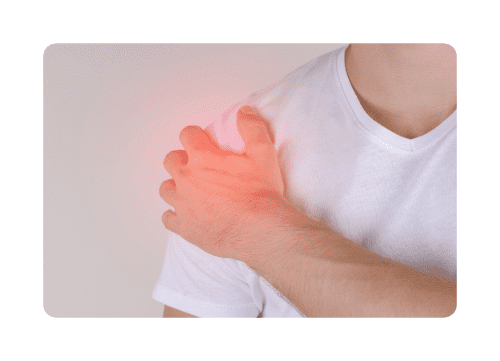
Average cost: €17,000
Length of time off work: 220 days
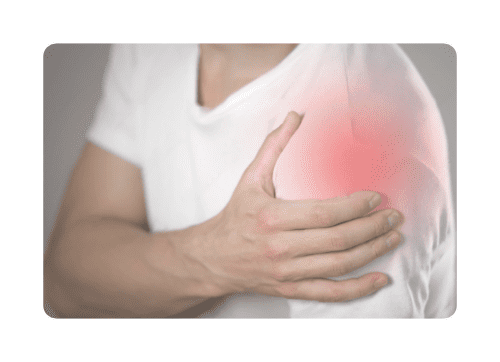
Average cost: €52,759
Length of time off work: 298 days
Average cost: €18,220
Length of time off work: 195 days
MSDs account for 95% of occupational illnesses.
Nearly 50% of MSDs result in serious after-effects, with a high risk of loss of employment.
According to the latest figures, MSDs account for 20% of reported workplace accidents.
The direct cost to companies averages nearly 2 billion euros a year.
MSDs account for 22 million lost working days.
MSDs are present in all sectors of activity, none is spared, and all need to implement actions to combat them.
Those most affected include:
-Transport and logistics
-Trade and commerce
-Food processing
-Cleaning services
-Construction and public works
-Metallurgy and manufacturing industry
-Medical and social services (health care and home help)

Share of MSDs among illnesses in this sector: 95%
Annual contributions paid: €73 million
Lost working days: 860,000 days
(equivalent to over 4,000 full-time jobs)

Share of MSDs among illnesses in this sector: 98%
Annual contributions paid: €113 million
Lost working days: 1.5 million days
(equivalent to over 7,300 full-time jobs)

Share of MSDs among illnesses in this sector: 97%
Annual contributions paid: €77 million
Lost working days: 930,000 days
(equivalent to over 4,300 full-time jobs)

Share of MSDs among illnesses in this sector: 97%
Annual contributions paid: €29 million
Lost working days: 440,000 days
(equivalent to over 2,000 full-time jobs)

Share of MSDs among illnesses in this sector: 91%
Annual contributions paid: €186 million
Lost working days: 1.8 million days
(equivalent to over 8,500 full-time jobs)

Share of MSDs among illnesses in this sector: 79%
55% of workplace accidents in the sector involve manual handling.
Lost working days: 2.7 million days

Share of MSDs among illnesses in this sector: 95%
Annual contributions paid: €160 million
Lost working days: 2.3million days
(equivalent to over 10,000 full-time jobs)
Source : Ameli.fr
The MSD prevention approach is based on 3 fundamental principles:
1 – A global approach that takes into account all risk factors,
2 – Involvement of all company players
3 – Sharing knowledge and skills.
The MSD prevention approach is based mainly on the intervention phase, which comprises 4 key steps:
Understand the stakes
Put in place the necessary resources
Involve the various employees
Understanding risks
Analyze work situations
Identify risk factors
Reduce work constraints
Train and inform operators
Maintain physical abilities
Use all the means implemented during the investigation phase to assess the improvements made.
Source : INRS
For every €1 invested by companies, MSD prevention yields a return of €2.18.
Although costly, MSD prevention is far more economical for companies in the long term. Benefits include increased productivity thanks to improved working conditions, a reduction in occupational illnesses and lower employer health insurance contributions.
Nawo Live is your physical activity risk assessment tool for identifying risk factors for musculoskeletal disorders (MSDs).
From Nawo Live, automate and evaluate all biomechanical risk factors using reference methods (RULA, REBA, NIOSH, etc.).
Nawo Live guarantees you a reliability of the measurements acquired by our systems:

About us
Nawo is a brand of HRV Simulation
Copyright 2024 Nawo Solution © All Rights Reserved Legal Notices